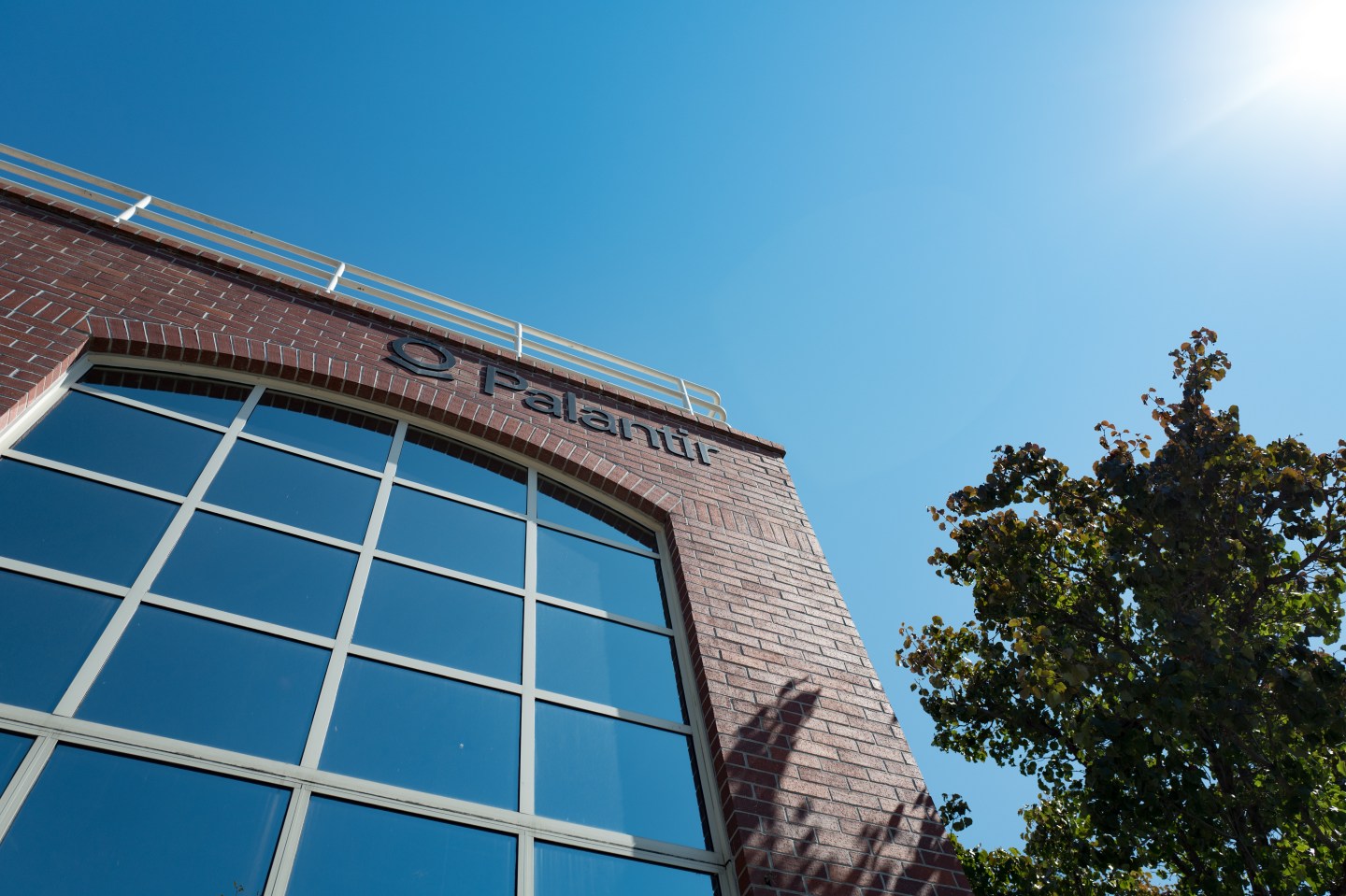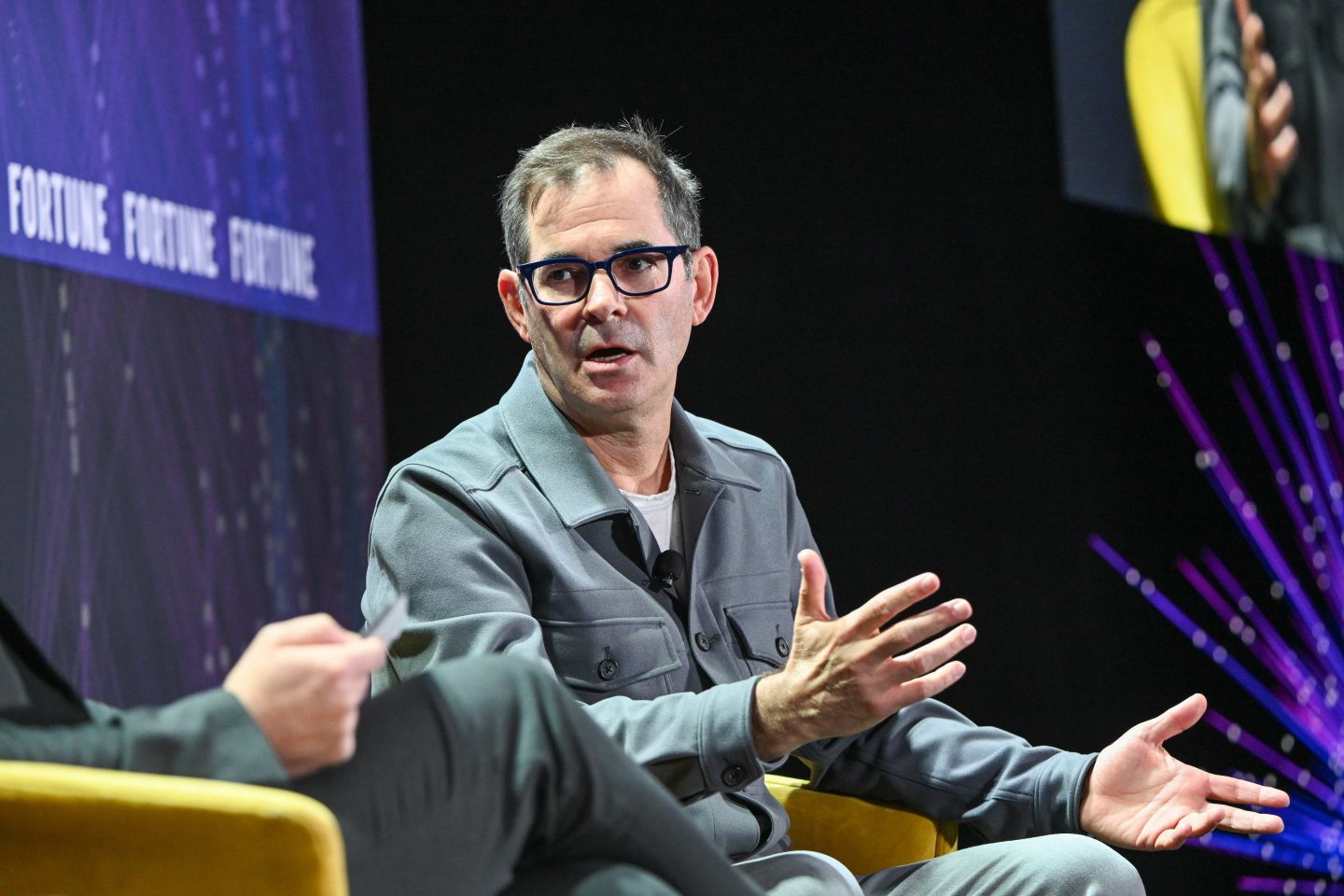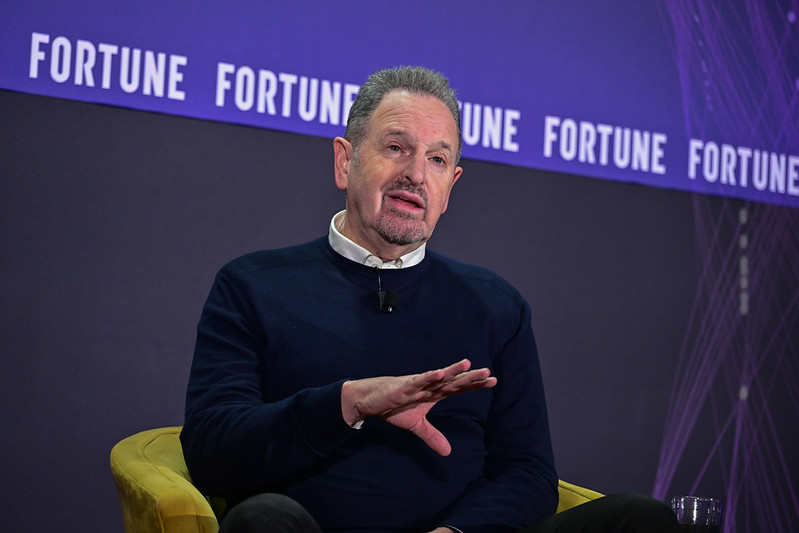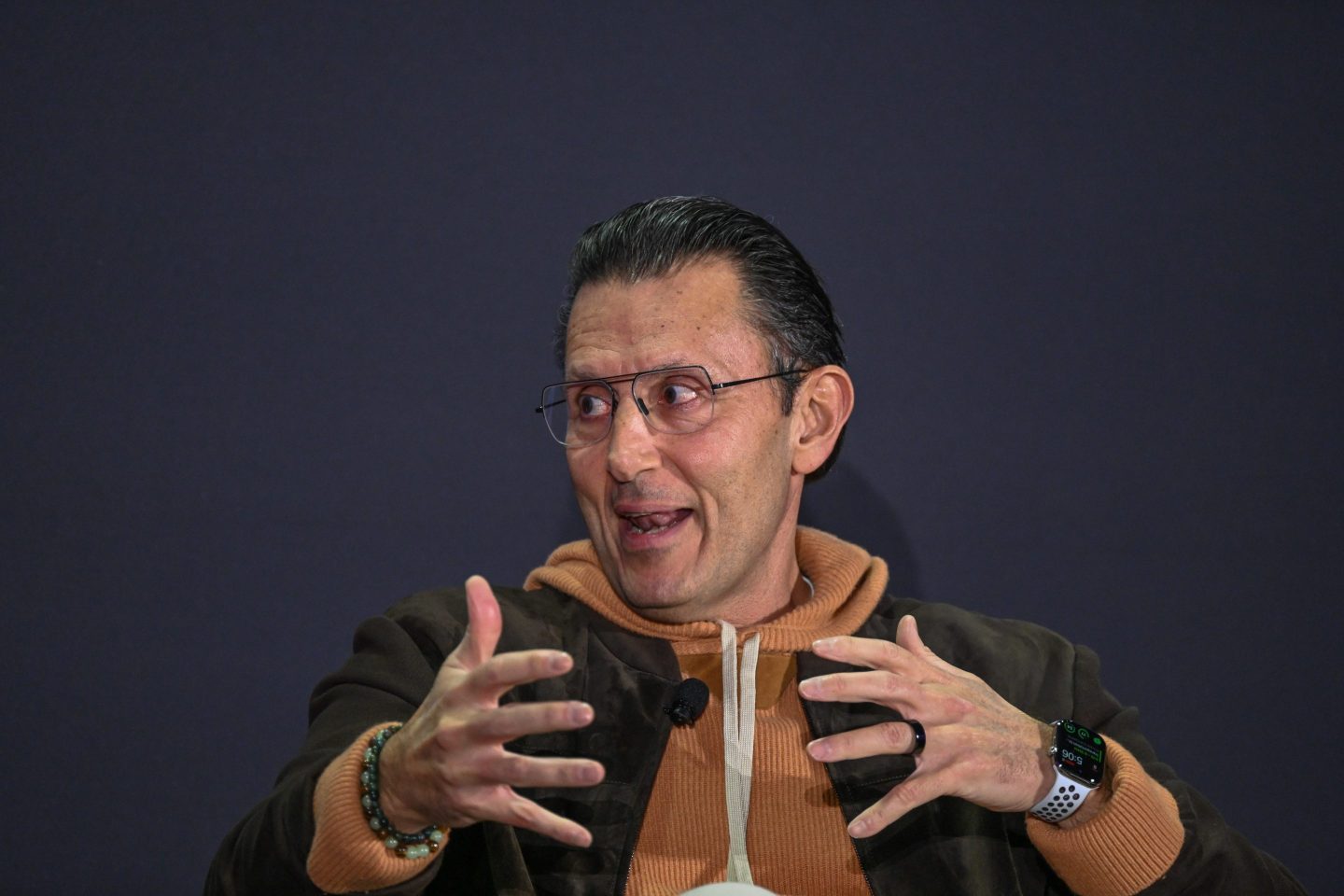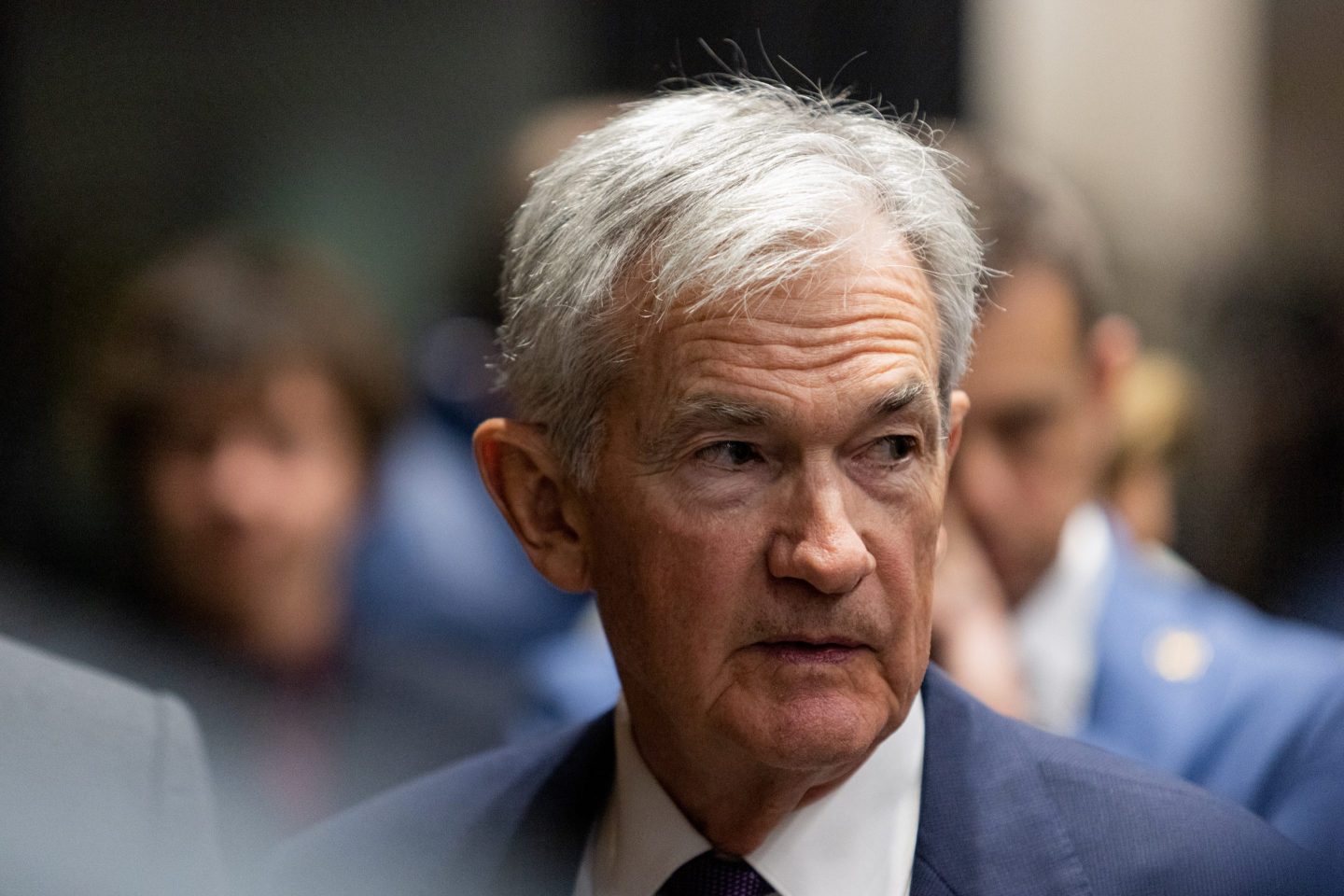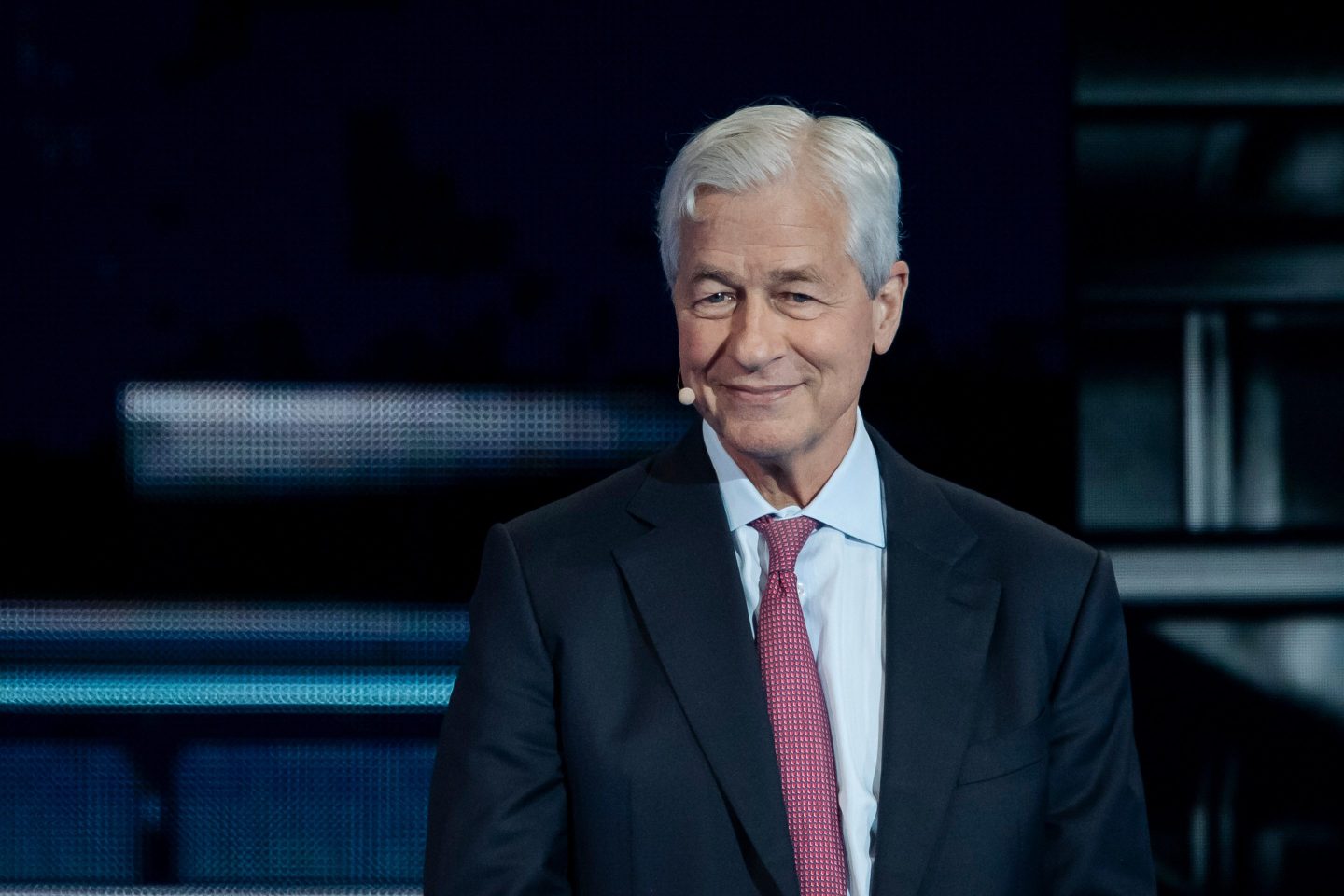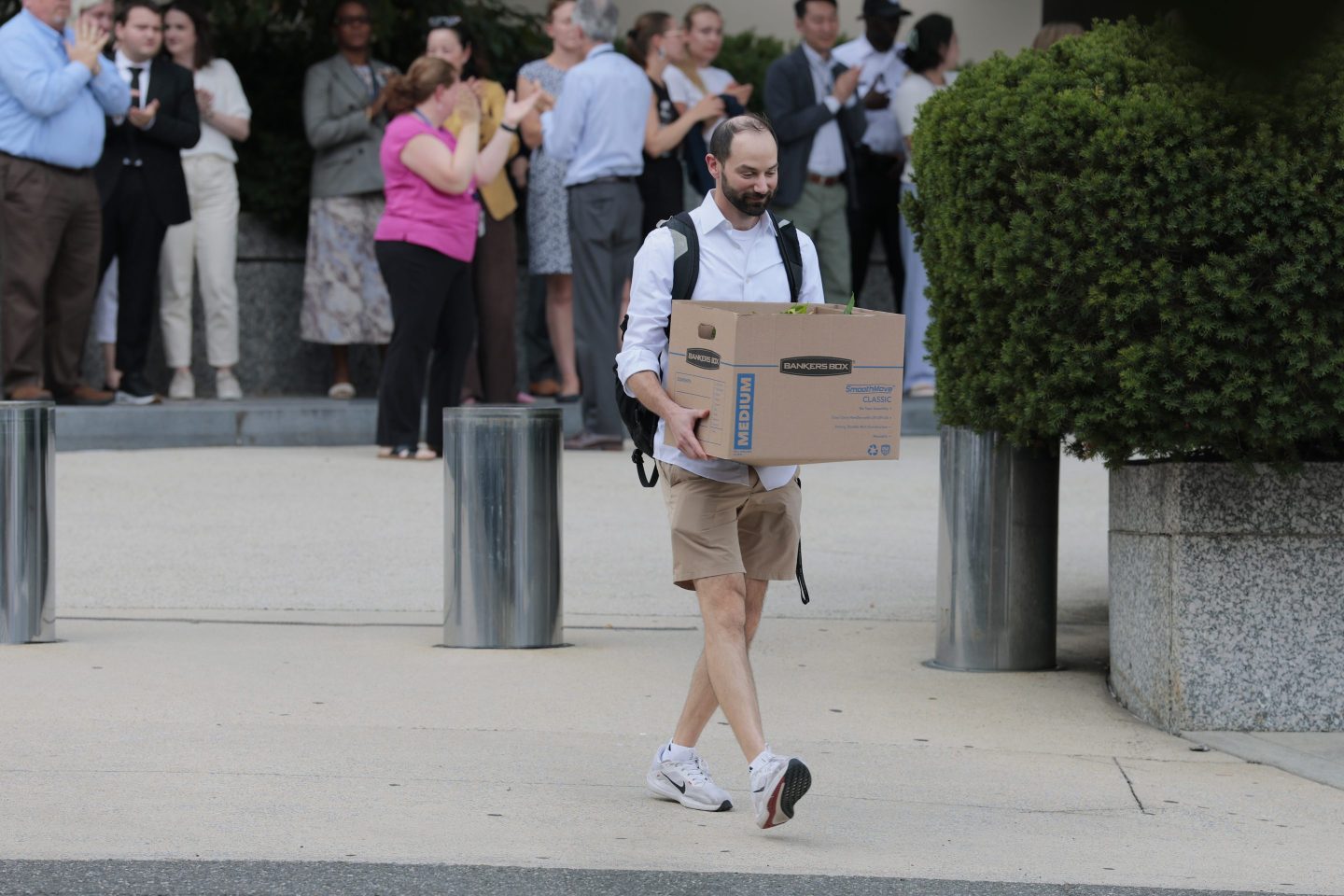The U.S. government is making a billion-dollar bet that AI can do what decades of “moonshots” have failed to: make cancer more manageable and much more survivable.
In a newly announced partnership with Advanced Micro Devices, the Department of Energy (DOE) will build two of the world’s most advanced AI supercomputers—Lux and Discovery—to accelerate research across fusion energy, national defense, and cancer treatment, according to a Reuters report.
Energy Secretary Chris Wright told Reuters the machines could, in “the next five or eight years,” help turn “most cancers, many of which today are ultimate death sentences, into manageable conditions.”
For scientists like Trey Ideker, who leads a precision-oncology program funded by the Advanced Research Projects Agency for Health at the U.S. Department of Health and Human Services, the claim is both exciting and incomplete.
“Can we make a massive dent in cancer with AI and big data in the next eight years? Absolutely,” he told Fortune. “Is AI alone going to solve cancer? No.”
The real bottleneck: Data, not compute
For all their power, Lux and Discovery can’t learn without fuel. Ideker argues the field’s biggest challenge is integrating multimodal data—from genetic sequences to tissue scans to body imaging—needed to predict how a patient will respond to treatment.
He compares cancer’s data shortage to other AI domains. Large language models (LLMs) like ChatGPT have the internet; self-driving cars like Waymo have millions of logged hours on the road. Cancer, by contrast, has only as much data as hospitals are able and willing to share.
“The cancer space is more data-limited,” Ideker said. “We have to invest just as heavily in capturing and linking that data as we do in compute.”
He believes the DOE’s hardware should be connected directly to ongoing federal programs such as ARPA-H’s ADAPT initiative, which collects patient data to train models predicting drug response.
“Bringing the AI and the data together,” he said, “is what will make this work.”
Ideker’s favorite metaphor for the near-term future of AI in medicine isn’t an autonomous robot surgeon; rather, he sees AI as a new seat in the boardroom.
“When patients stop responding to first-line treatments, their cases go to these meetings,” he said. “Ten or 12 Jedis—MDs and PhDs—sit around a boardroom like an episode of House M.D. and debate what to try next.”
Sometimes it’s arbitrary, he said: Someone remembers a study from last week and argues to try the drug from the study. He imagines AI as “the quiet assistant in the corner” that has read all the literature and knows every trial result.
“It’s not going to pull the trigger on treatment,” he said. “It’ll just offer an opinion, and the physicians will have to respect that it’ll often be the only thing in the room that’s read everything.”
At UCSD’s Moores Cancer Center, Ideker’s team is already running a clinical trial built around that model. He expects oncologists to welcome the help, especially in hard cases.
“AI isn’t going to ride in on a white horse,” he said. “It’s already flowing in at a moderate pace.”
2033: A plausible future
By the early 2030s, Ideker thinks nearly every patient could receive the best existing therapy for their specific tumor, a true realization of precision medicine, where he specializes. Designing new drugs in real time for resistant cancers will take longer, though.
For now, he’d rather see policymakers focus on wiring the new compute power into real hospital data systems.
“If there’s one thing—selfishly—that would really benefit science,” he said, “it’s connecting these AI efforts to the places generating the data they need.”
As for Wright’s line about the “beginning of the end” of cancer as a death sentence, Ideker calls it “inspiring, but it needs unpacking.”
“I think we’ll solve the first part—matching every patient to the best existing treatment—by 2030,” Ideker said. “But what if there are no treatments that work for your tumor? That’s when we’ll need ways of designing drugs in real time for each patient. I’d bet that won’t be solved by 2030, but people should be thinking about it.”


